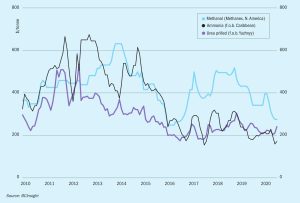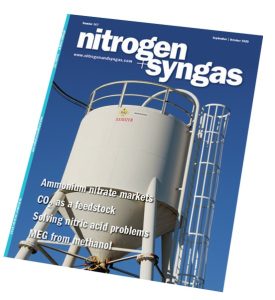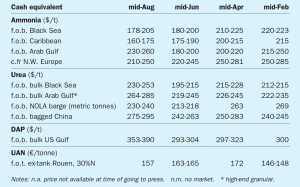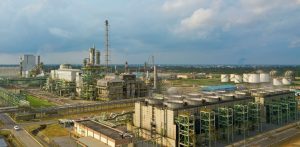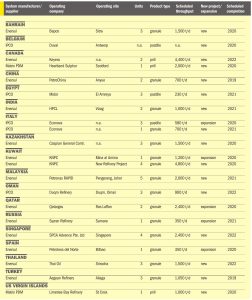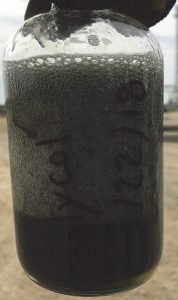“T here are,” Mark Twain once remarked, “three kinds of lies: lies, damned lies, and statistics.” It’s certainly difficult to know what to make of economic statistics and indicators at the moment, in the world turned upside down that the Covid-19 pandemic has delivered. Here in the UK, we are told that April and May saw the national economy contract by 25%, the largest fall in 300 years of the Bank of England’s economic record keeping, and the situation is very similar across much of the developed world. But how real is that figure? After all, we were all sent home in March, to ‘lock down’ and prevent the spread of the virus, and we are only now starting to move back towards some semblance of normality. Some of us, fortunately or not, have still been able to work from home, but for much of the economy, especially for much of the service sector; tourism, travel, restaurants and hotels, theatres and cinemas – there has been zero activity. Remove half of the largest sector of the economy for three months and surely a 25% fall in output is exactly what you’d expect? But is that real, or just a number? Has that activity gone for good, or, now that we are emerging, blinking into the sunlight again, can we switch the economy back on again as easily as we switched it off?
